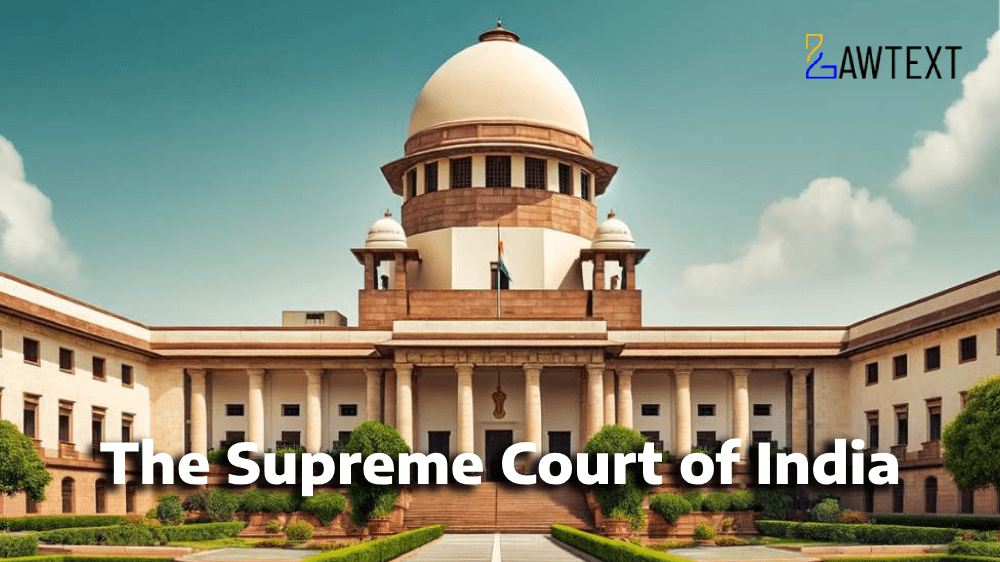

On October 4, 2012, the appellant informed the police of a robbery at his residence in Pune, reporting the deaths of his mother, wife, and daughter, as well as injuries to his neighbor. The police initially registered a complaint based on the appellant's version of events, implicating unknown robbers.
During the investigation, inconsistencies emerged. The lack of forced entry, hidden valuables discovered inside the home, and the appellant’s extramarital affair raised suspicions. The appellant was arrested based on CCTV footage, inconsistent testimonies, and post-mortem findings. The trial court convicted him on the grounds of circumstantial evidence, particularly the hammer used in the crime, blood-stained clothes, and a possible motive tied to his relationship with another woman.
The prosecution heavily relied on the testimony of the injured neighbor, Madhusudhan Kulkarni (PW-12), which was delayed by six days. Defense counsel contended that Kulkarni’s statement was not credible due to contradictions and the delay in recording his statement, which the Court acknowledged raised significant doubts.
The prosecution argued that the appellant's guilt was supported by the recovery of the murder weapon (a hammer) and blood-stained clothes. They contended that Kulkarni, as an injured witness, had high credibility. However, the defense argued that the circumstantial evidence was weak and did not meet the standards for conviction.
The Court examined the rules governing circumstantial evidence, particularly the principle that suspicion, no matter how strong, cannot replace proof beyond reasonable doubt. The recovery of the murder weapon was questioned due to the improbability of it retaining bloodstains after being submerged in water for three days. Moreover, the Court found inconsistencies in how evidence was handled, including the failure to seal the recovered items and identify the stolen jewelry conclusively.
The Supreme Court emphasized that the chain of evidence presented by the prosecution was incomplete. Key elements like the lack of corroborative testimony from neighbors and inconsistencies in Kulkarni's testimony further weakened the case. The hammer recovery, central to the prosecution’s case, was also doubted as it was found in a public canal and might have been tampered with.
The Supreme Court concluded that the prosecution failed to prove the appellant’s guilt beyond a reasonable doubt. The conviction based on circumstantial evidence did not meet the legal standard of excluding all possible hypotheses of innocence. Consequently, the Court acquitted Vishwajeet Masalkar and set aside the conviction and death sentence imposed by the lower courts.
The Supreme Court held that a conviction based solely on weak circumstantial evidence, without credible eyewitness testimony, cannot be sustained. The delayed recording of witness statements, tampering risks in evidence recovery, and failure to conclusively link the accused to the crime created reasonable doubt, leading to acquittal.
Criminal Law, Murder Trial, Circumstantial Evidence, Acquittal, Burden of Proof
Criminal Appeal, Supreme Court, Murder, Circumstantial Evidence, Acquittal, IPC Section 302, Conviction Reversal
Citation: 2024 LawText (SC) (10) 170
Case Number: CRIMINAL APPEAL NO. 213 OF 2020
Date of Decision: 2024-10-17
Case Title: VISHWAJEET KERBA MASALKAR VERSUS STATE OF MAHARASHTRA
Before Judge: (B.R. GAVAI J., PRASHANT KUMAR MISHRA J. , K.V. VISWANATHAN J. )
Appellant: VISHWAJEET KERBA MASALKAR
Respondent: STATE OF MAHARASHTRA